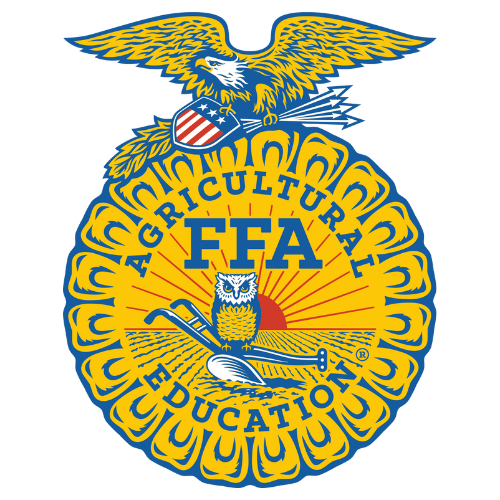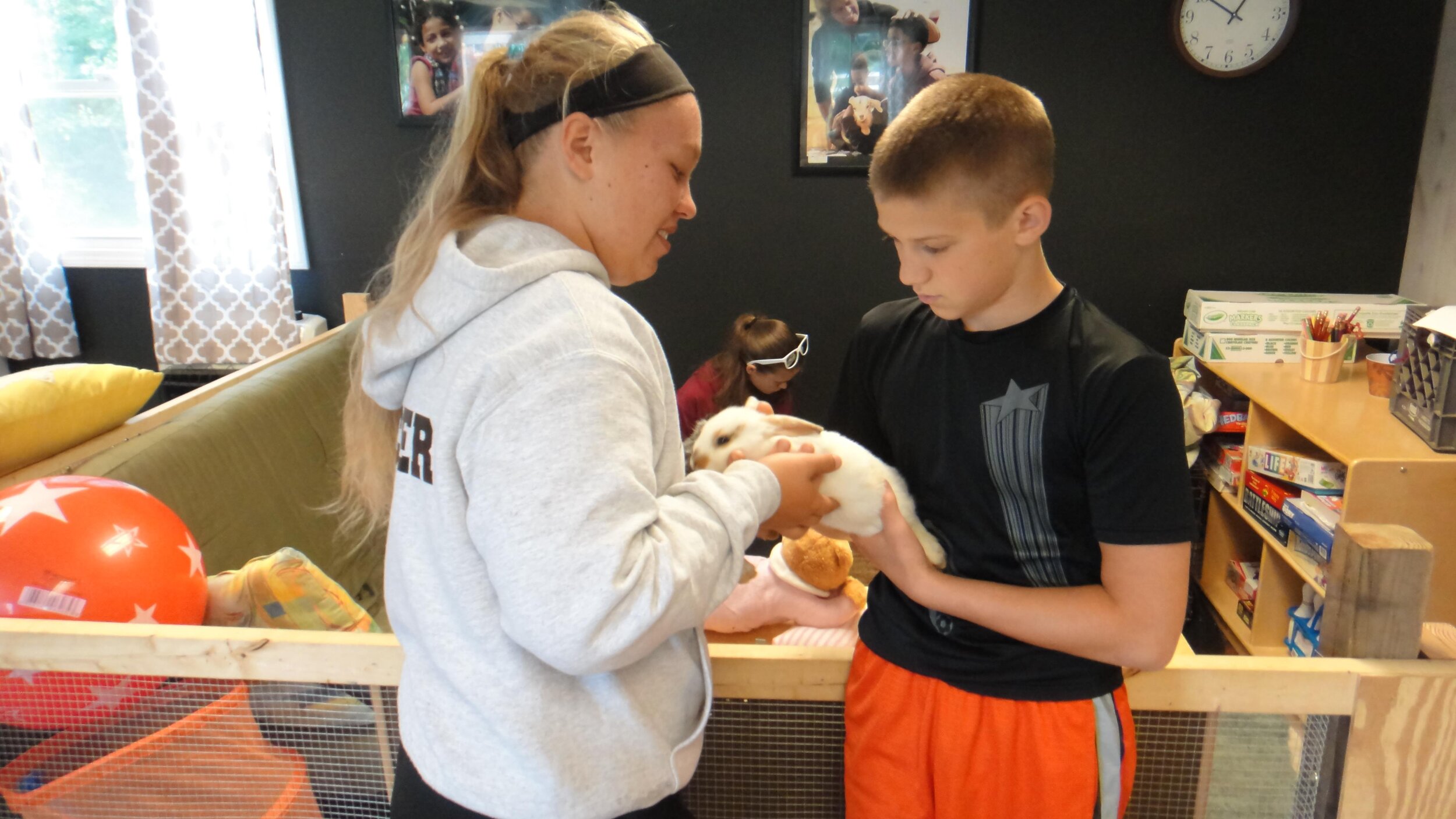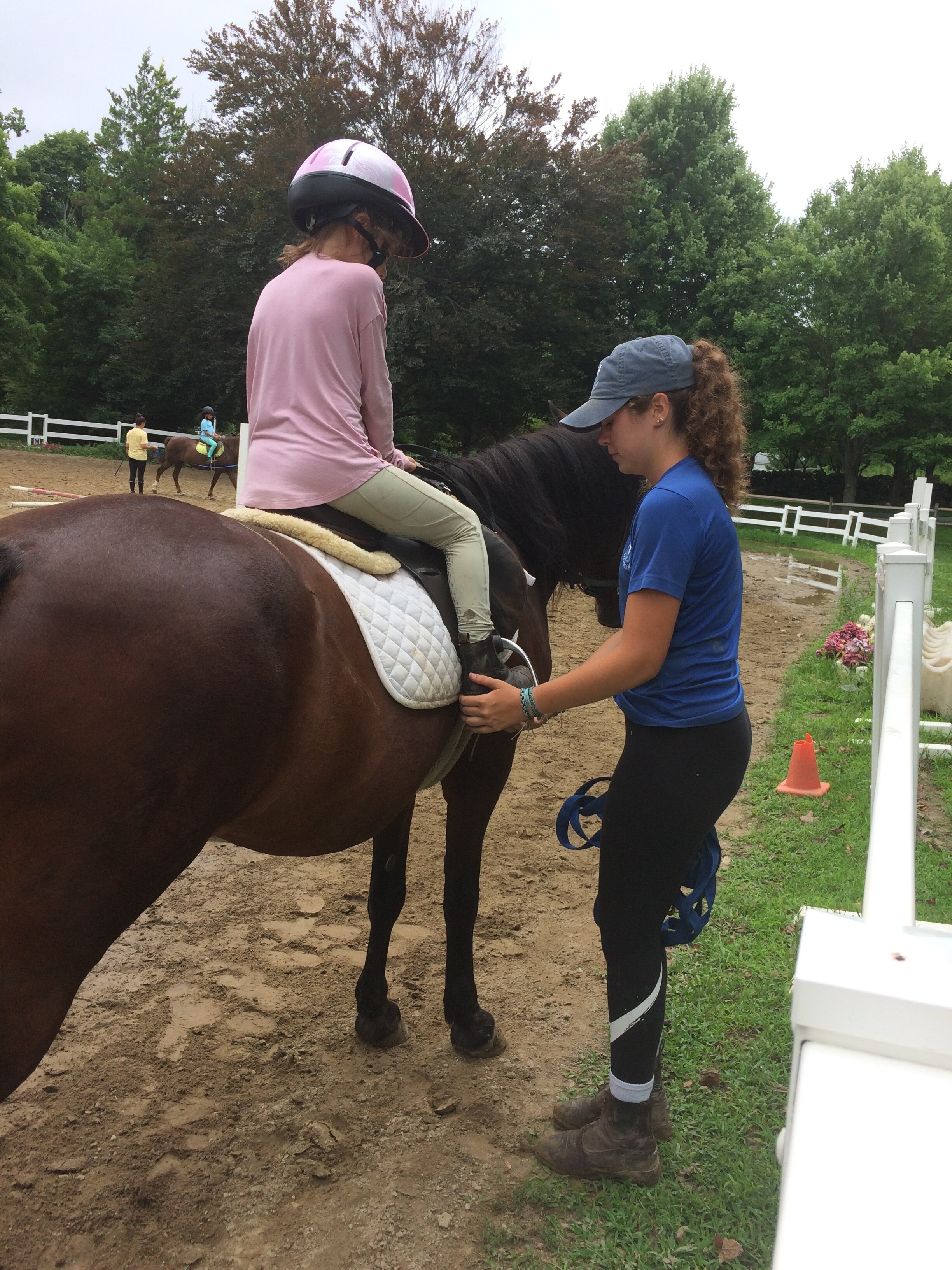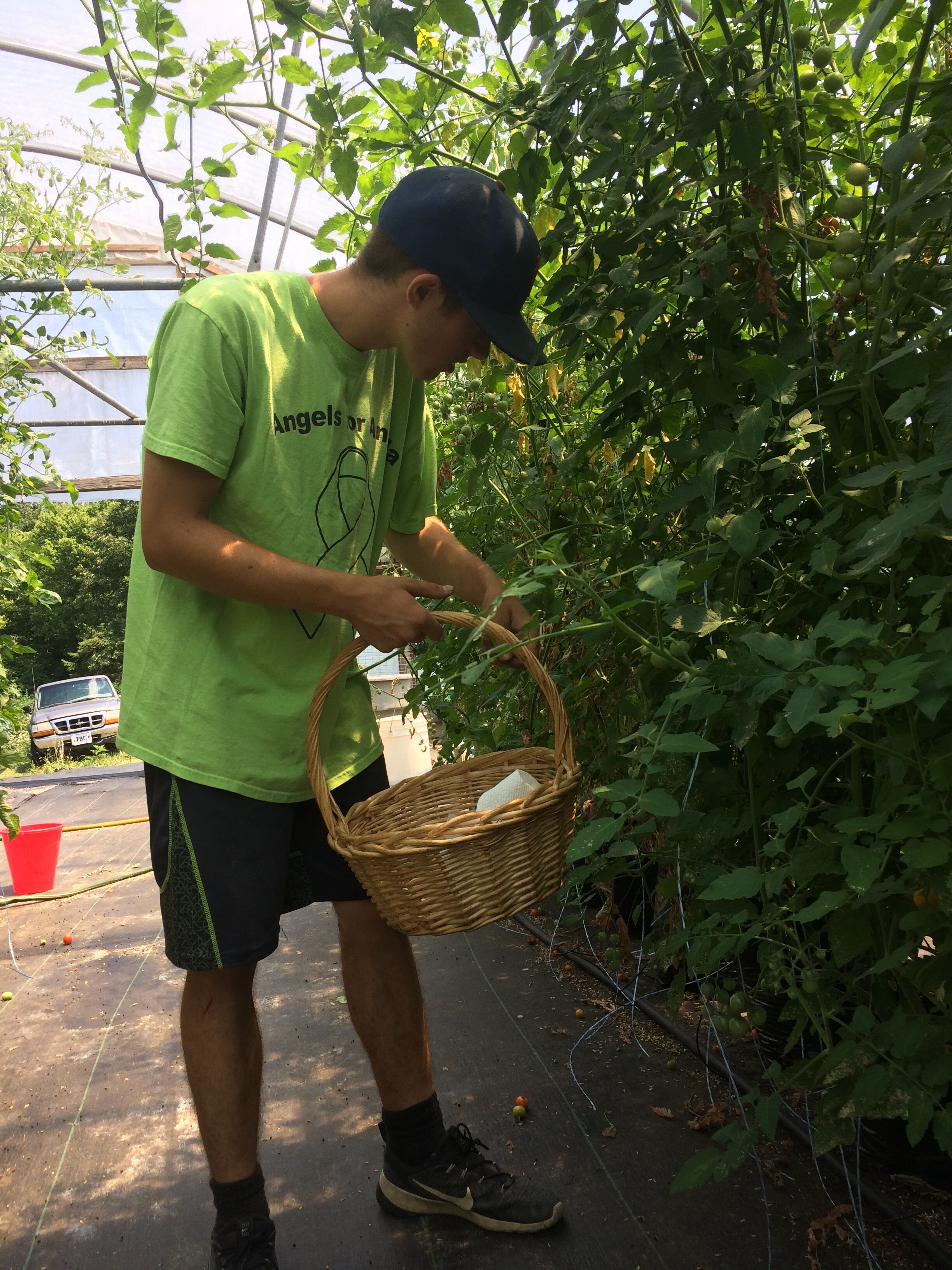How do i find an sae?
There are a multitude of resources that can be used to find an SAE:
Use the “NHS Agriscience” page on Google Classroom. On there is the “SAE Location List” which has agricultural businesses alphabetized by town. Bold entries are certified nonprofits. If you have changes or additions, email jjedd@ctreg14.org
Look at the job bulletin board outside the ag office which has flyers from people who contact ag looking for students to hire
Attend the SAE hiring fair in spring after Underclassman Awards Night
Make sure you are receiving emails/texts through AET. We use that to send out job postings periodically, as well as updates regarding other events and reminders from the ag program
Go to a local ag business and bring your resume and talk in person (or on the phone if you must)
Ask another ag student or a program graduate
Ag teachers have a lot of connections- ask them!
Look at your newspaper help wanted section
Look at fliers at local stores or businesses
The SAE Process
Student Resources:
The student SAE application can be found on the Google Classroom page titled “NHS Agriscience”. Go to the “Classwork” section and find the SAE Plan link on the left. It must be filled out on the computer and shared with Mrs. Jedd and your SAE Teacher. Also on the Google Classroom page are other resources including entrepreneurship requirements, the SAE Location List, Job Opportunities, Nonnewaug’s SAE Rubrics, and more!
SAE BAsic rules
The SAE program is overseen by the Connecticut State Department of Education and the Connecticut State Department of Labor. These entities determine what jobs students may have at certain ages. There is a published resource, the Supervised Agriculture Experience Placement Manual, linked at the bottom of this page, where you can find exact information on all agricultural jobs.
All students must have a Connecticut Work Based Learning Form on file before beginning any SAE. They may have an additional page to that form in some situations as described below.
LED 75-1- Waiver required for a student age 16-17 who is working at a jobsite that has hazards such as food production, operating any type of driven or bladed equipment (including tractors and mowers), and other specific jobs. Students may not do these jobs under the age of 16, no exceptions. Students may work for a landscaper under the age of 16 but are only allowed to do physical hand labor, or use a string trimmer or backpack blower.
LED 31-23- Waiver that allows students to work at an agricultural job under the age of 16 due to their enrollment in the agriculture program. They must receive close supervision.
Unpaid Experiential Learning Program (UELP)- Allows students to volunteer at a nonhazardous business where they would normally have to be paid. Students must fill out additional paperwork, be safety trained and pass a safety assessment, and they may only work a combined total of 120 hours per SAE year through the UELP program.
Students may work on a production agriculture farm (i.e. nursery grower, animal breeding and sales, etc.) with a Student Work-Based Learning Plan. Students age 14 and 15 may work, but must be closely supervised in the practicing of hazardous occupations including operating machinery, and this may not exceed 20% of total work hours.
Students may only volunteer unpaid if the worksite is a document not-for-profit organization/agency that meets the strict approval of the State Department of Education and the Department of Labor.
Jobs must be agriculture specific or agriculture related in order to count as an SAE
All other Department of Labor regulations must be followed by the employer, including curfews, providing adequate job training and supervision, sexual harassment training, etc.
Students are allowed to work at nonhazardous jobsites under the age of 16 as long as they have signed and submitted the LED 31-23 form from the state.
Students may work at an agricultural production farm under the age of 16 without an LED 31-23, and there are no restrictions on the type of labor they can do, except they may only drive a tractor for up to 20% of their paid time.
Links to state resources are below:
Contact Harold Mackin, the State CTE Director
I need help with AET
The AET has great help resources available to students, including PDF documents and videos. Please explore this AET Help Guide or see the NHS Agriscience Google Classroom for help guides.
General Information about SAE
If you have questions about the SAE program in general, and its relationship with agriculture programs, please explore this information provided by the FFA Council
who do i contact about sae at Nonnewaug High School?
If you have questions about the SAE program in general, contact our program’s SAE Coordinator jjedd@ctreg14.org or 203-266-4038 x5
Each student is assigned an SAE teacher at the end of their freshman year. Their SAE teacher will remain their SAE teacher for the remainder of their time in ag. This teacher is responsible for doing summer visits, and assessing student SAE progress throughout the year. This teacher is notated as “Period 10” in your student’s gradebook on Powerschool.










